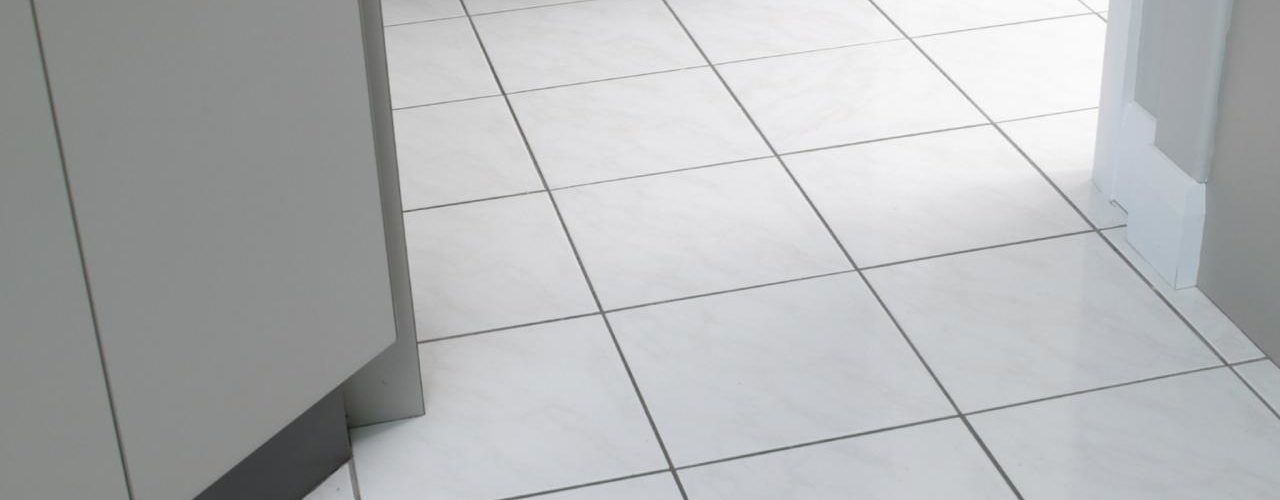There are several mistakes commonly made by those wanting to clean ceramic tile flooring. Ceramic tiles often have a hard finish on them which is more delicate than many other substances. While certain cleaners may be acceptable for linoleum, it is important to distinguish the difference between linoleum and ceramic; also it is important to distinguish between which chemicals are acceptable to use on tile and which ones are not.
There are two types of tile commonly used for flooring: glazed and unglazed. Glazed tiles have a hard thick finish, usually with a glossy appearance. Using the wrong kind of chemicals on glazed tiles could result in the finish wearing off or appearing dull. One of the most simple solutions is soap and water. Those whose grandmothers were 1950s housewives will remember their grandmothers echoing this advice. While many old techniques are waved off as “obsolete”, this is one that could save a tile floor from becoming dull, allowing it to retain its original shine for years.
Simply cleaning the floor with a small amount of dish detergent and hot water is safe and effective. Think about it: dish detergent cleans plates so well, people trust it enough to eat from the surface of the plate afterward, so why not? Adding bleach to disinfect is not a good idea. Dish detergents with antibacterial qualities are good to use for this purpose, also some tile manufacturers make disinfectants which are specifically designed for safe use on glazed ceramic tiling. The bottom line is that no product should be used on glazed ceramic unless specifically designed for the surface; or simply use dish detergent and water. When sweeping, a broom with non-abrasive bristles should be used. Spills should be wiped up immediately; those using a mop to clean the floor should use a non-abrasive mop or one which is designed for the exact flooring substance.
Unglazed ceramic tile offers a bit more flexibility with cleaning products than its counterpart. While all of the above recommendations are perfectly fine for an unglazed tile surface, it is important to remember a few tips about this rougher tile texture. Special cleaning agents designed for unglazed tiles may be required to remove certain spills.
The unglazed surface is generally porous, meaning that any substance which may stain easily will be difficult to clean up if not caught immediately. For example, toddler Jonny runs through the kitchen and spills his grape juice; mom doesn’t find the stain until three hours have passed, so a very tough stain has set in. Removing stains from some of these tiles proves much more difficult than removing stains from fabric or smooth floors. Often a small bit of TSP powder with laundry or dish detergent will help to remove the stain, but usually a specially designed stain removal product for unglazed ceramic tile must be used. Since there often is no protective finish, a more tough broom may be used for this type of ceramic tile. These floors require a bit more maintenance than glazed tiles because daily sweeping is required and bi-weekly mopping is recommended to maintain the original beauty.
The most important things to remember about ceramic tile floors, glazed or unglazed is to keep them clean; sweep and mop frequently. Keep the grout area clean, because this is where most of the dirt collects and it is very hard to clean otherwise. Harsh chemicals such as bleach and ammonia should be avoided at all costs.



